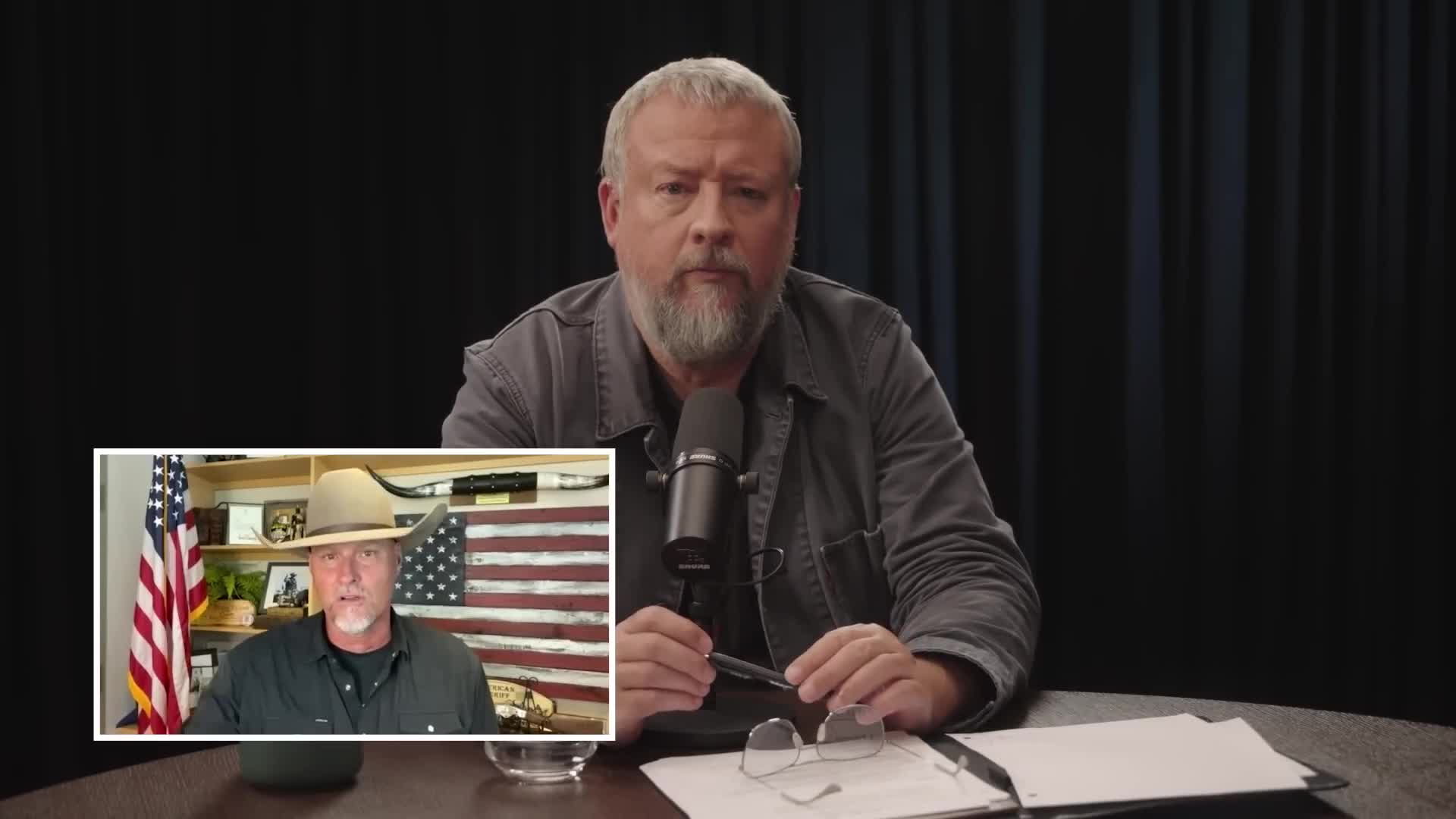Asylum Process
The asylum process is a crucial legal framework that allows individuals fleeing persecution to seek refuge in another country. This process is particularly relevant in light of recent global events, as the number of people seeking refuge due to violence, conflict, and human rights violations continues to rise. In the United States, asylum seekers can follow two primary pathways: the affirmative process, wherein they apply for asylum within a year of their arrival, and the defensive process, which occurs if they are denied and need to appeal their case in immigration court. Asylum seekers must establish a well-founded fear of persecution based on factors such as race, religion, or political opinion. Recent developments have highlighted the growing complexities and challenges of the asylum process, especially with ongoing changes in U.S. immigration policy and the increasing number of applications from countries like Afghanistan, Venezuela, and China. Legal guidance from an immigration lawyer may be imperative for individuals navigating this intricate system. Additionally, in the broader context of global asylum trends, countries such as Spain are seeing significant increases in asylum applications, paving the way for proposed reforms and safe country designations within the European Union to streamline processing. Understanding the asylum application process and the role of immigration lawyers is essential for those seeking refuge and for policymakers addressing the evolving landscape of international migration.
How are migrants attempting to enter the United States outside of official border crossing points?
According to border security experts, individuals from around the world are crossing illegally into the United States by entering "between the ports of entry" rather than through official border crossings. This means migrants are bypassing designated immigration checkpoints and crossing at unauthorized locations along the border. This pattern of illegal border crossings occurs alongside the surge in asylum claims, creating additional challenges for border control agents. The practice involves people from various countries who choose to avoid official ports of entry, likely to circumvent standard immigration processing procedures and documentation requirements that would normally occur at legitimate border crossing points.
Watch clip answer (00:11m)How does media bias affect public understanding of the U.S.-Mexico border immigration crisis?
Media bias significantly distorts public perception of the immigration crisis at the U.S.-Mexico border by presenting vastly different narratives depending on the news source. Sheriff Mark Lamb challenges viewers to compare coverage across different media outlets, highlighting how the same border situation can be portrayed in completely contradictory ways. This media polarization creates confusion about the actual realities at the border, including the complexities of immigration processes, asylum claims, and law enforcement challenges. The resulting misinformation makes it difficult for the public to understand the true nature of cartel influence, migrant volumes, and policy impacts on American communities. The divergent media narratives ultimately hinder informed public discourse and policy-making during this critical political period leading up to elections.
Watch clip answer (00:05m)What unique perspective does Art Del Cueto bring to discussions about U.S. border security and immigration policy?
Art Del Cueto, as Vice President of the Border Guard Council, offers a rare union perspective on immigration and border security issues that is seldom heard in mainstream discussions. His position allows him to speak candidly about the day-to-day realities and frustrations faced by Border Patrol agents on the ground. Del Cueto provides firsthand insights into the complexities of border enforcement, including the impact of cartels, rising migrant encounters, and policy challenges. His unique vantage point bridges the gap between political rhetoric and operational reality, offering authentic experiences from those directly implementing border security measures. This perspective is particularly valuable because union representatives can discuss issues more openly than individual agents, providing crucial insights into how policies actually affect both border security personnel and the immigration system as a whole.
Watch clip answer (00:03m)

